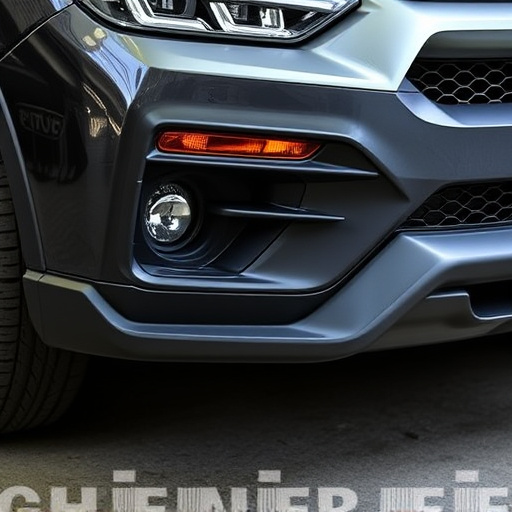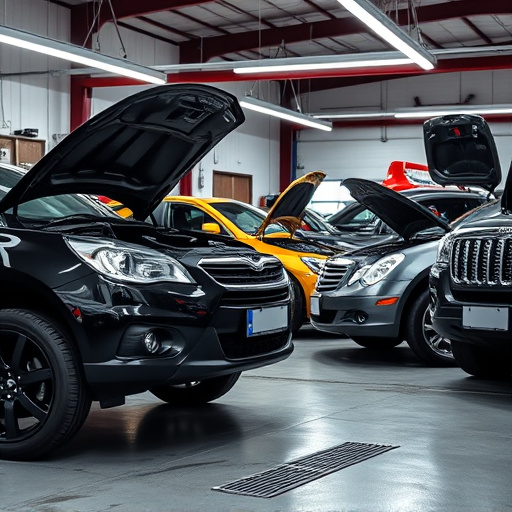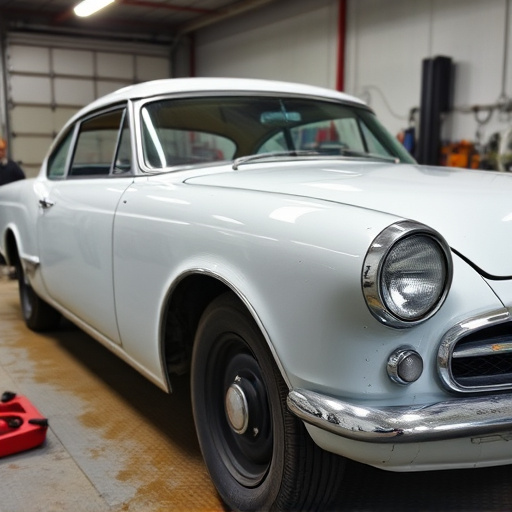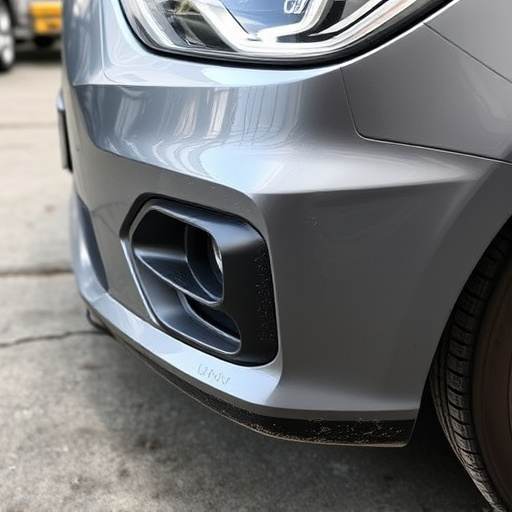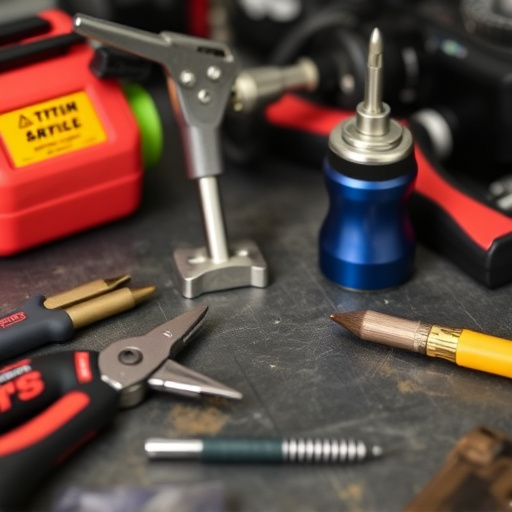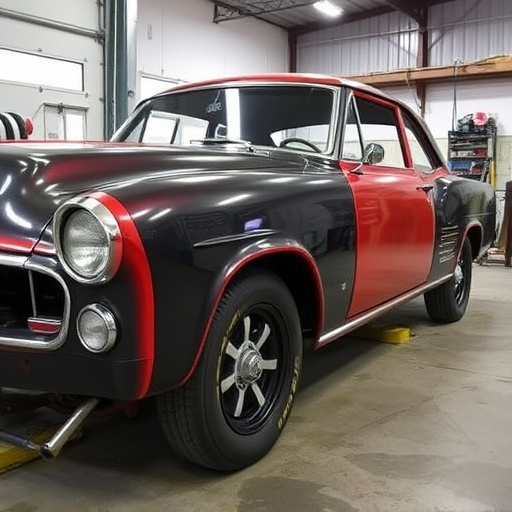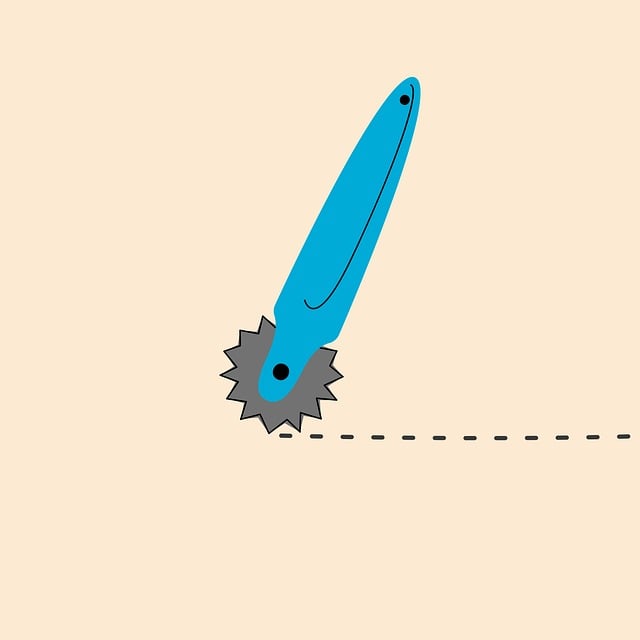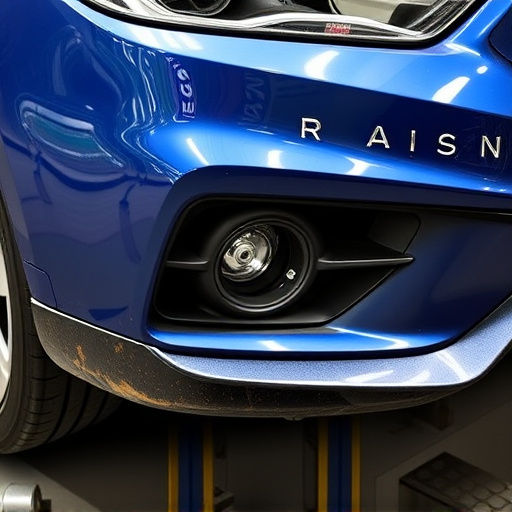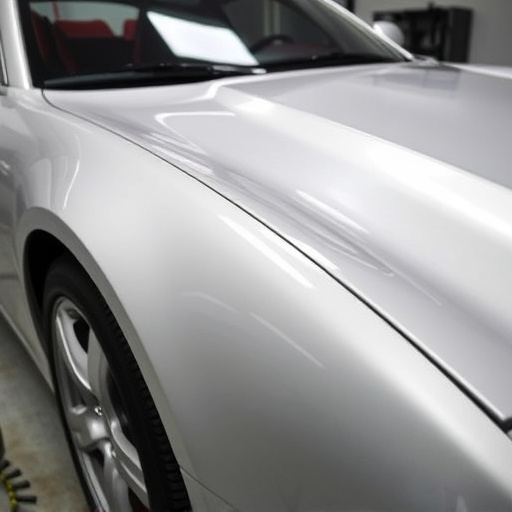The three-stage paint system is a costly auto repair due to its complex process requiring specialized equipment, skilled labor, and high-quality materials in preparation, painting, and clear coating stages. Cost variations depend on job complexity, vehicle type, location, environmental factors, and paint quality, with intricate designs or urban areas driving up costs. Budgeting by segmenting each stage – initial cleaning, priming for durability, and careful selection of pigments – can manage expenses without compromising aesthetics.
“Uncovering the costs behind a three-stage paint system is essential for any painting project. This comprehensive guide breaks down the key factors influencing pricing, ensuring you’re prepared for potential expenses. From surface preparation to finishing touches, we’ll navigate the complexities together.
Furthermore, discover practical budgeting tips tailored to your painting venture. Whether it’s a home renovation or commercial project, these insights will help you allocate funds efficiently and avoid unforeseen costs associated with three-stage paint systems.”
- Understanding the Three-Stage Paint System Costs
- Key Factors Influencing Pricing Variations
- Budgeting Tips for Your Painting Project
Understanding the Three-Stage Paint System Costs
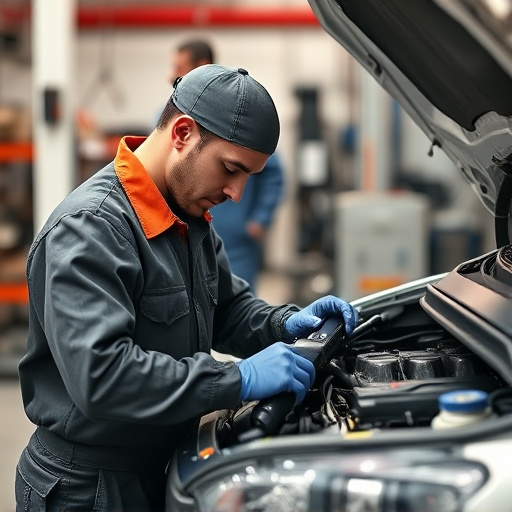
Understanding the Three-Stage Paint System Costs involves recognizing that this process is more involved and thus more expensive than a simple car paint repair or even bumper repair. The three stages—preparation, painting, and clear coating—each require specialized equipment, skilled labor, and high-quality materials. Preparation includes sanding, priming, and degreasing the damaged area to ensure a smooth finish, which can significantly add to the overall cost.
The painting stage involves applying multiple coats of paint, allowing each coat to dry properly before the next is applied. This meticulous process ensures a durable, long-lasting finish. Similarly, the clear coating step adds an extra layer of protection, enhancing the paint job’s longevity against scratches, chips, and UV damage. Auto body repairs that incorporate a three-stage paint system are generally more expensive due to the time and care required for each stage, as well as the superior quality materials used to ensure the best possible outcome.
Key Factors Influencing Pricing Variations
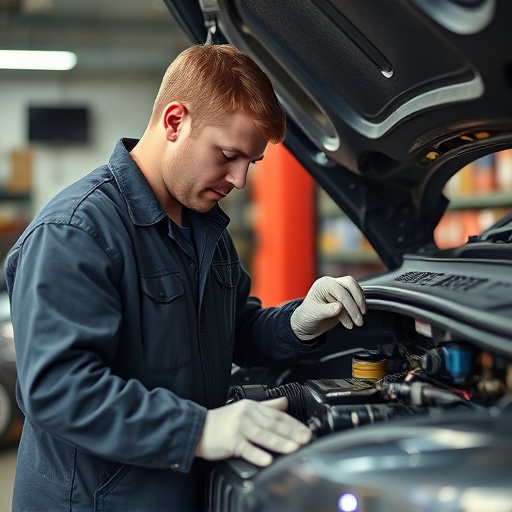
The cost of a three-stage paint system varies widely based on several key factors. First and foremost, the complexity of the repair job plays a significant role; extensive damage or intricate design elements will drive up labor costs. The type of vehicle is another critical consideration—luxury car repairs, like those for a Mercedes Benz collision repair, often involve specialized materials and techniques, increasing the overall price tag. Additionally, the quality of paints and finishes used can dramatically impact the final cost; high-end systems with premium pigments and coatings command higher prices.
Other influencing factors include the geographic location of the repair shop and its reputation in the industry. Collision repair centers in urban areas or those known for their meticulous craftsmanship may charge premium rates. Furthermore, environmental considerations, such as the need for specialized equipment to handle volatile organic compounds (VOCs), can add to the overall budgeting for these sophisticated paint systems.
Budgeting Tips for Your Painting Project
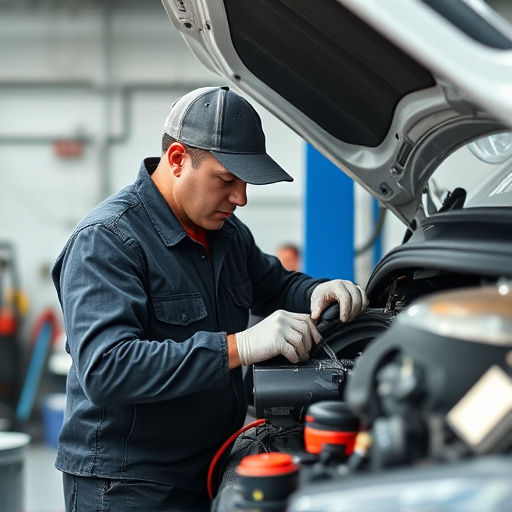
When budgeting for a painting project, especially one involving a three-stage paint system, it’s crucial to consider each stage separately. The first step is preparation, which includes surface cleaning and repair, such as fixing minor dents or bumper repairs in an automotive body shop. This stage may seem trivial but significantly impacts the overall cost, as it ensures a smooth base for painting.
The second phase is priming, an essential step that prepares the surface for the final coat. The quality of this stage influences the durability and longevity of the paint job. To keep costs manageable, opt for a balanced approach: repair only what’s necessary and choose a primer suited to your project’s needs. Remember, excessive prep work can quickly add up, so staying efficient here will save you in the long run, ensuring a beautiful finish without breaking the bank on an automotive body shop’s services or car dent removal procedures.
When budgeting for a project involving a three-stage paint system, it’s essential to consider both the cost factors and strategic planning. By understanding the key influences on pricing and implementing effective budgeting tips, you can ensure your project stays on track financially. Remember, a well-planned budget allows for a successful and cost-efficient three-stage paint system implementation.
